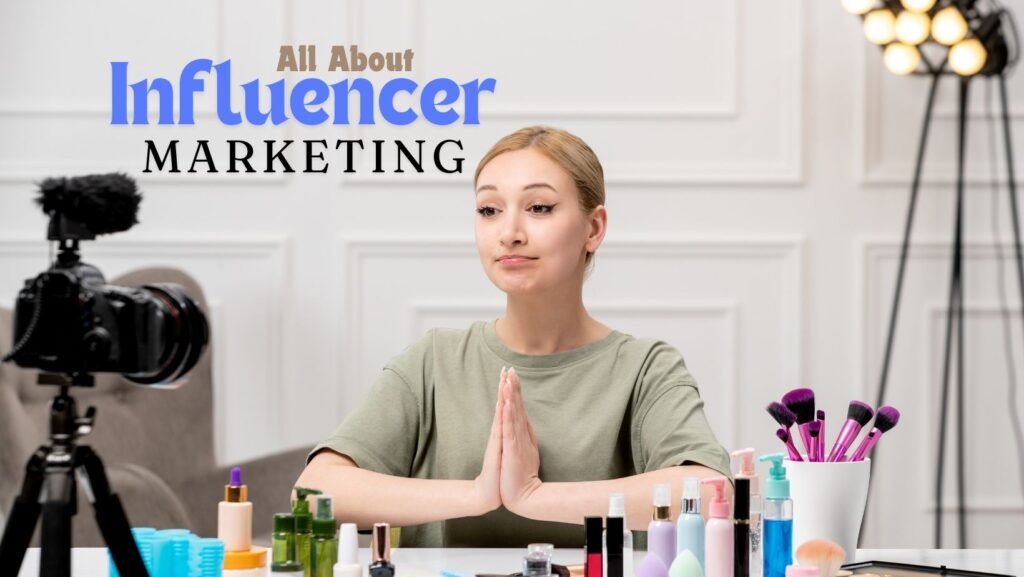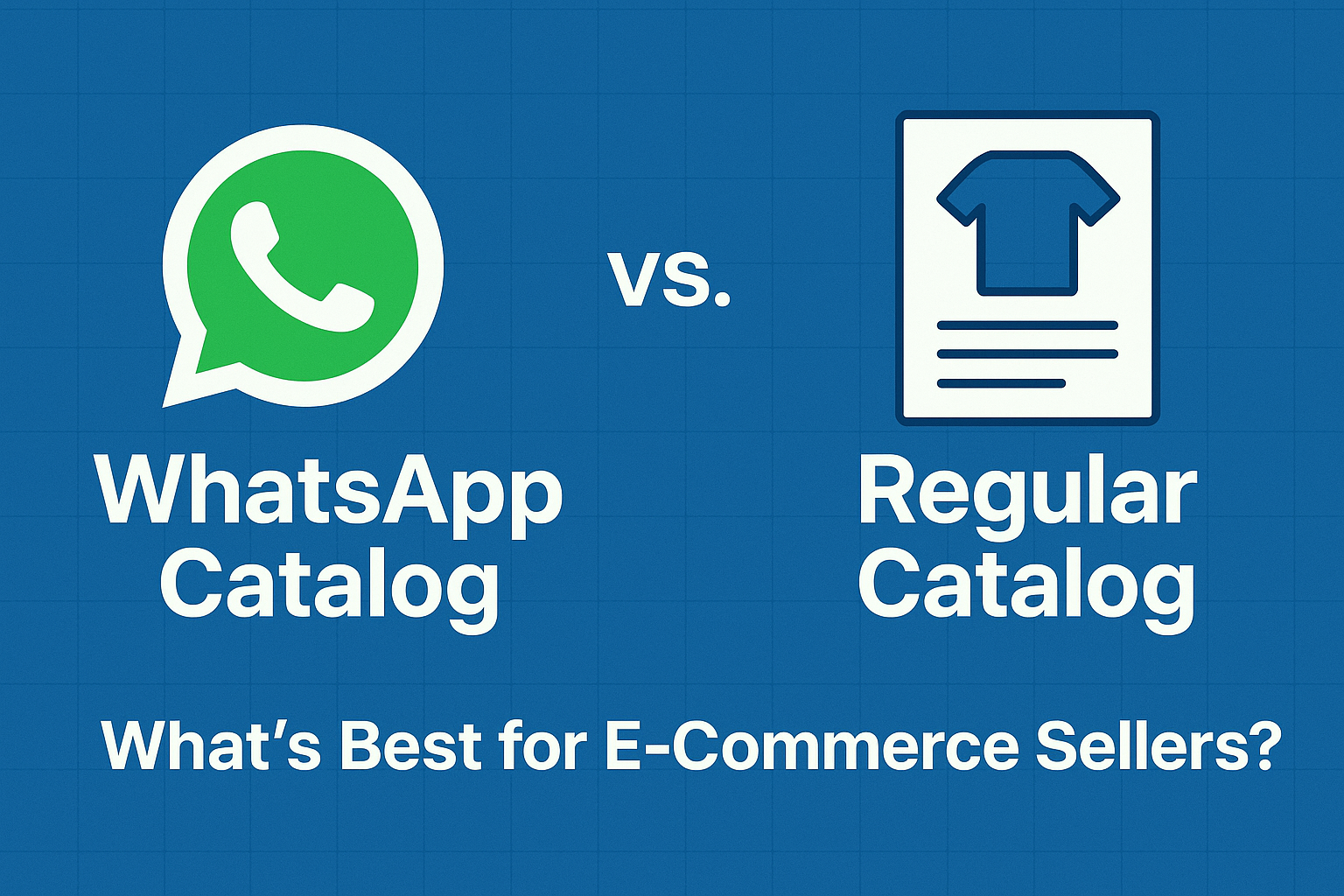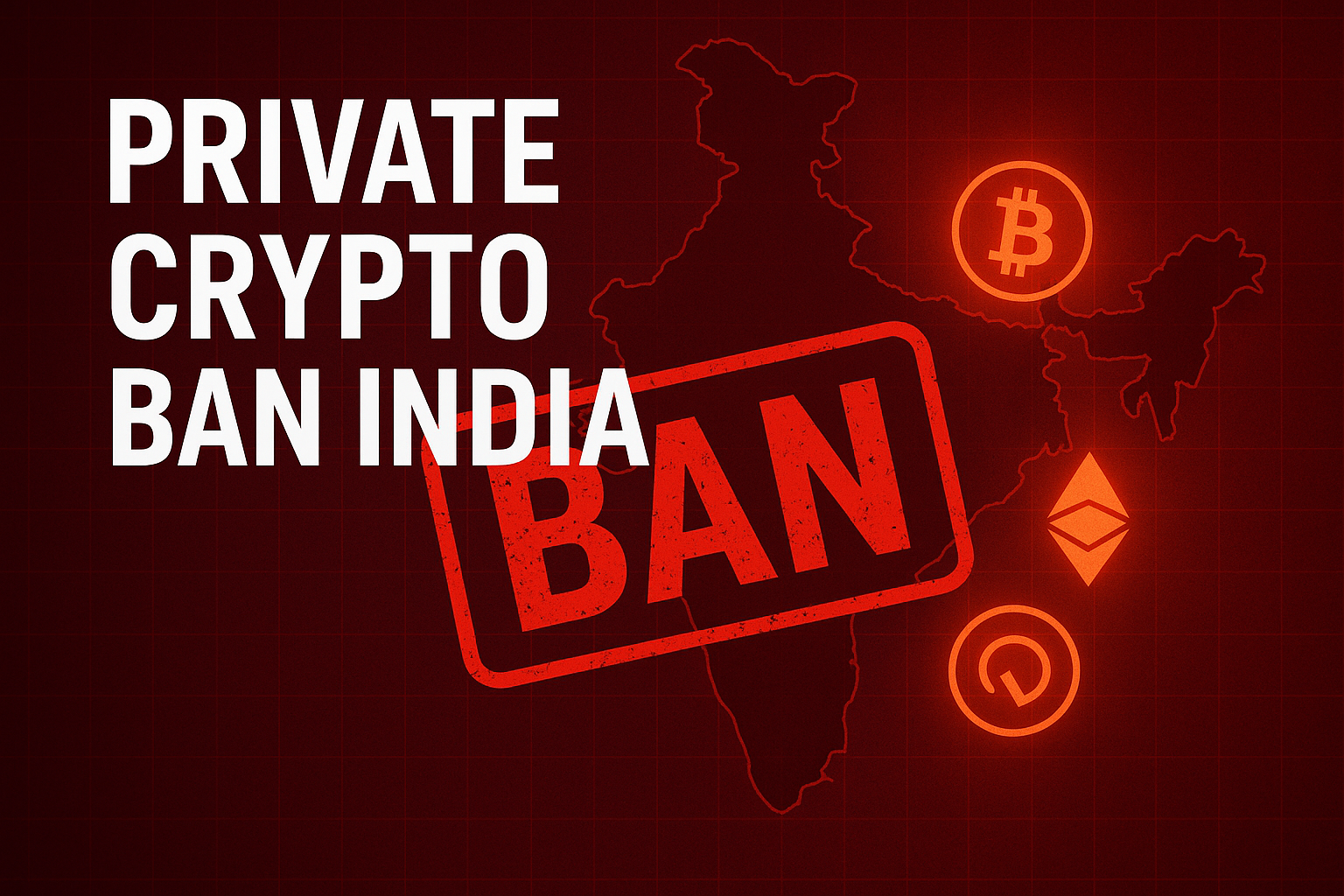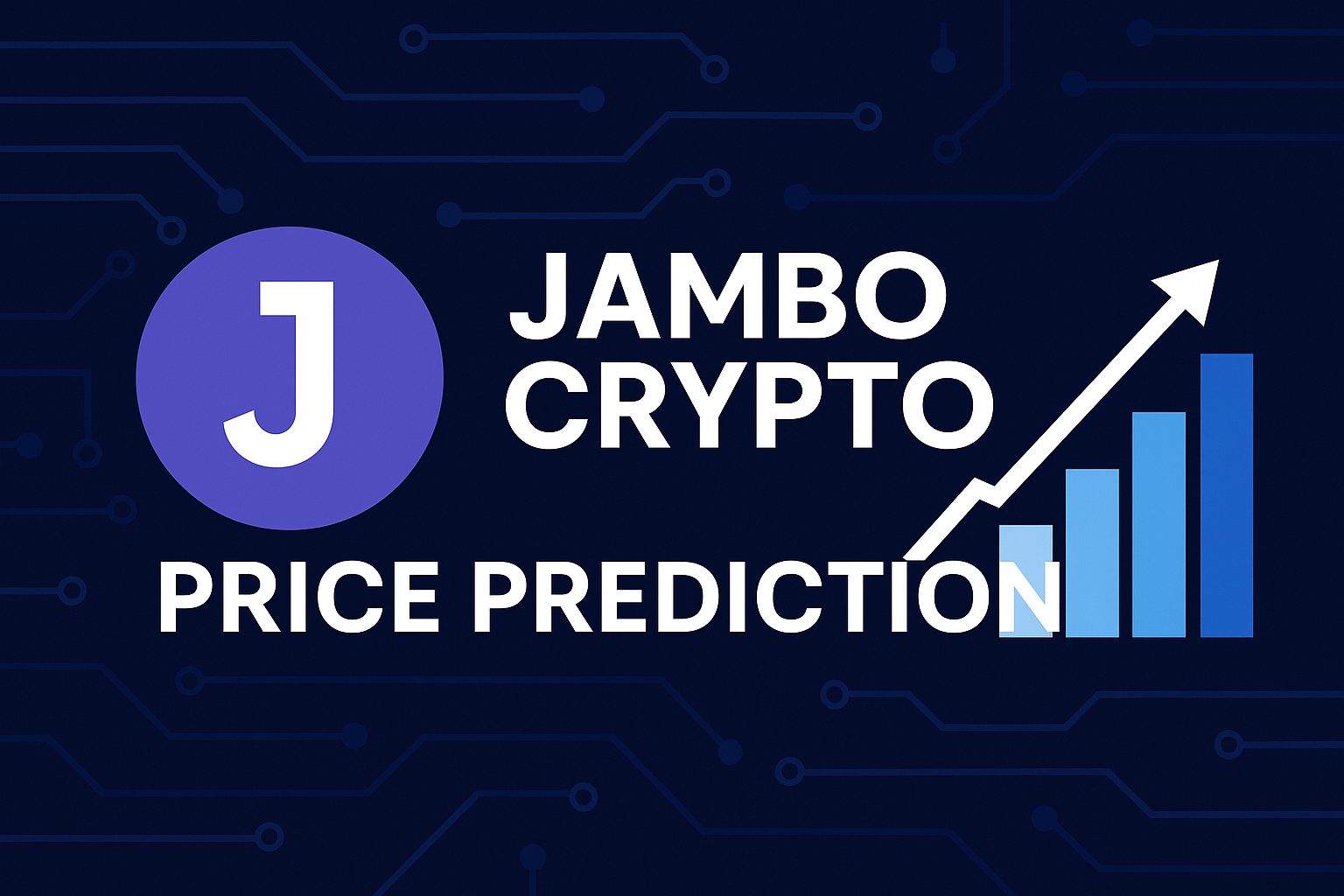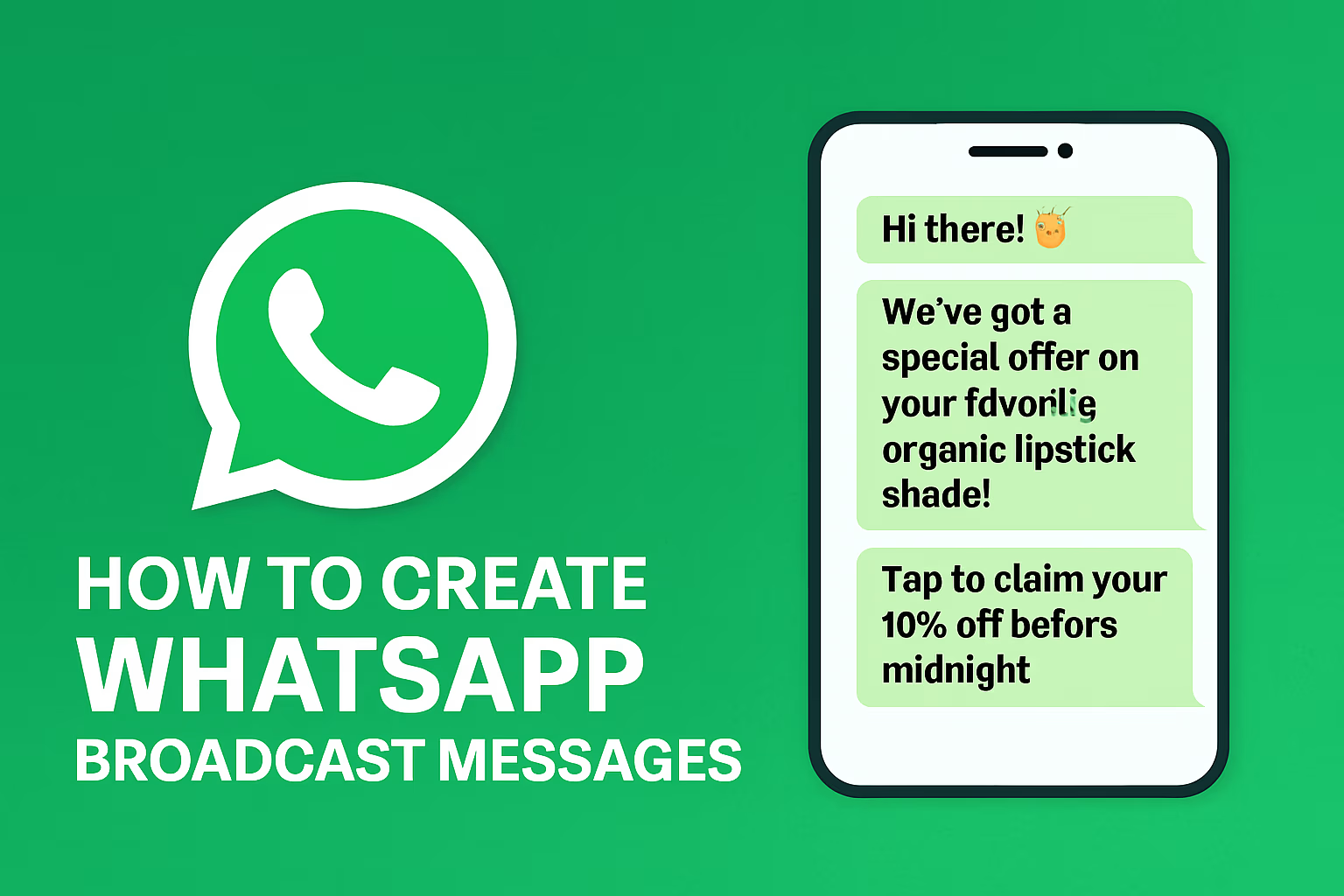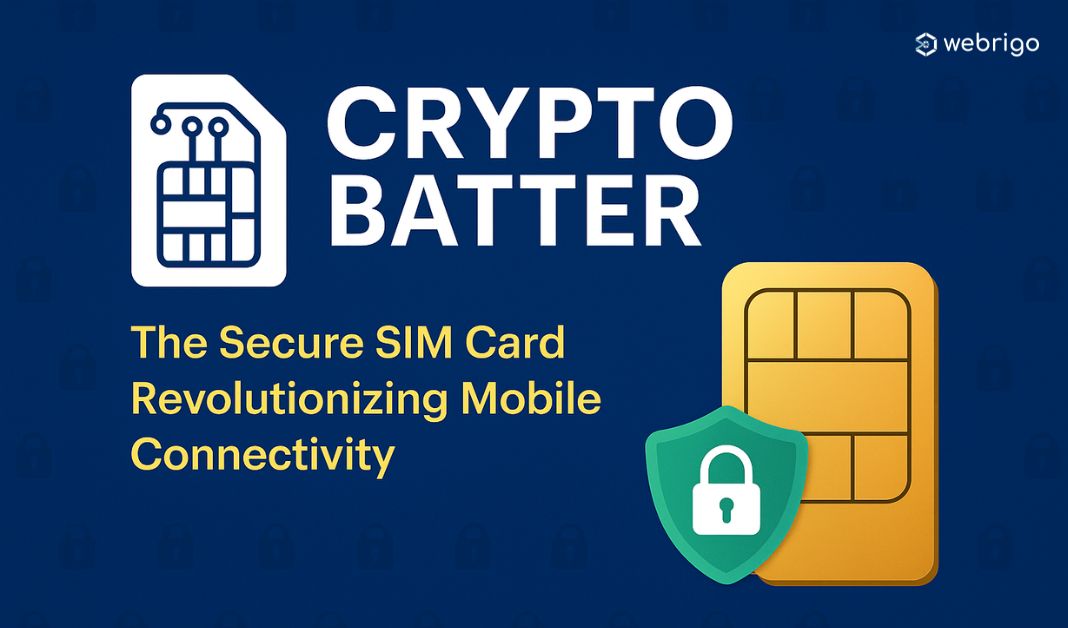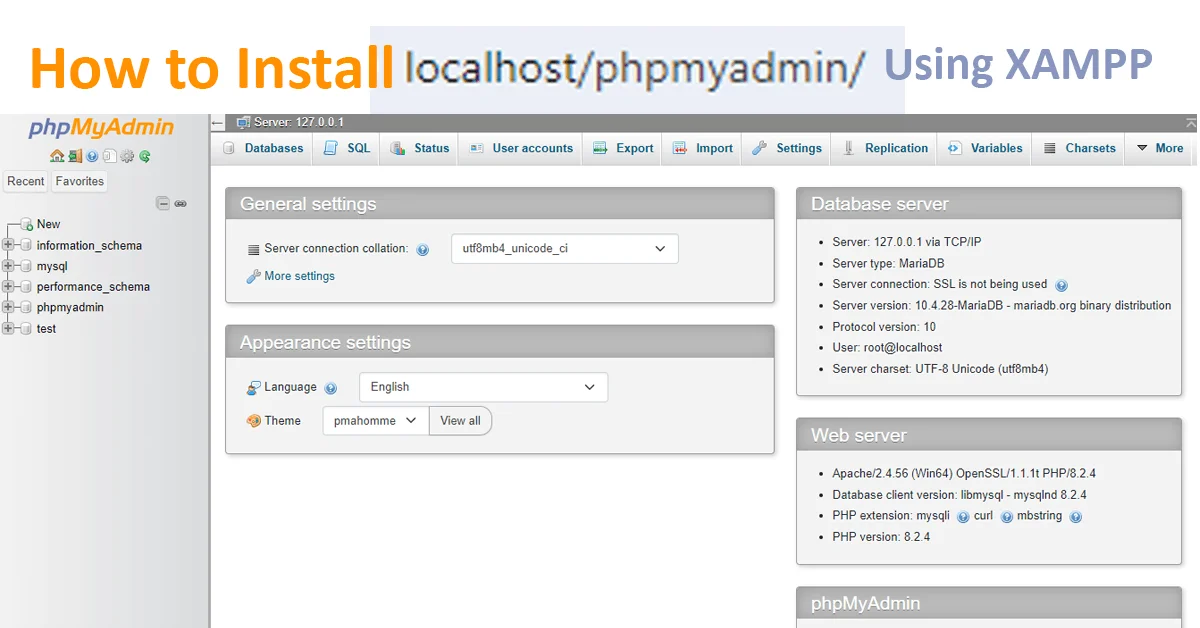To understand Influencer Marketing, first one needs to understand who or what is an influencer. In the simplest terms, an influencer is someone who can influence the behaviour, opinions or purchase behaviour of other people.
From the perspective of a brand or company, Influencer marketing is like getting a popular person (an influencer) to recommend your products or services to his/her followers in order to influencer their purchase behaviour.
For example, when you ask your gym trainer which protein powder to buy. The gym trainer recommends brand X. Now because of his recommendation, there is a higher chance that you end up buying X. The gym trainer has influenced your decison to buy.
This is the core concept and relationship between an influencer and a follower. This concept is in play whenever you have a choice to make.

Instead of traditional ads that might feel pushy or fake, influencer marketing feels more like a friend recommending something to you. People trust these influencers because they have built a connection with them over time.
So, when an influencer says they like a product, their followers are more likely to check it out. It’s a way for companies to spread the word about their product or services in a way that feels natural and relatable to consumers.
Remember, when your favorite YouTuber or Instagramer talked about a product they love and you ended up buying that product. That might have been a paid promotion, but you still bought it because you trust them.
Table of Contents
How does Influencer Marketing Work:
Influencer marketing works by teaming up with an Influencer who has a social media following on platforms like Instagram, YouTube, and more. The influencer than creates content in the form of short or long videos and/or blog posts talking about why your product or service is better than others and post the content on social media.
The goal of influencer marketing is for people to learn about your products and services and influence them to buy from you instead of other brands available in the market.
For example, if a beauty company wants to sell a new lipstick, it might ask a popular makeup artist who has genuine social media followers to try it out in a video or post. When the influencer shares their experience with the lipstick, their followers see it and might be interested in trying it too.

It’s like getting a recommendation from a friend but on a bigger scale. This type of marketing is effective because it feels more authentic than traditional ads, and people are more likely to listen to someone they trust.
What is an Influencer?
In the simplest terms, anybody who can influence other people’s decision is called an influencer. It can be an actor like Sharukh Khan and it can also be your friend you ask for food recommendations.
For the purpose of this article, an influencer, or a social media influencer, is a popular person on social media platforms like Instagram, YouTube, Twitter, LinkedIn and more. They have followers who like what they post and trust the influencer’s opinions and recommendations. Influencers can be anyone, from fashion lovers to gamers, who shares stuff they’re passionate about. They might post pictures, videos, or blogs about their interests.
Influencers are also called mini celebrities nowadays as their love and power to influence their followers is growing.
When influencers talk about products or services, their followers might want to buy them too. Influencers are important because they help brands connect with their target customers in a friendly and relatable way.
Types of Influencers
Now depending on the number of followers, or the type of content influencers post, influencers are categorised and differentiated by two characteristics: size and niche.
1. Influencer by Size and Reach
Influencers are categorized into 4 different types depending on the number of followers they have. This type of categorisation helps brands and comapanies how big or small an influencer is.
More the number of followers, bigger the influencer and higher is their reach.
- Nano-influencers: Typically have fewer than 10,000 followers but boast high engagement rates within their niche.
- Micro-influencers: Have 10,000 to 100,000 followers and offer a more targeted audience with a personal touch.
- Macro-influencers: Have between 100,000 to 1 million followers and often cater to broader audiences while still maintaining high engagement.
- Mega-Influencers: Have over 1 million followers and offer massive reach but may have lower engagement rates compared to smaller influencers.

Each influencer size has its own strengths and benefits for brands looking to collaborate. Nano and micro-influencers often have a more engaged audience, while macro and mega-influencers offer massive reach.
Depending on the brand’s goals, they can choose the right size influencer to market their product or services. The best practice for a brand is to allocate a budget for influencer marketing and find a balance between working with influencers of different sizes.
2. Influencer by Niche
Every influencer have a particular niche or audience they cater to. Depending on that niche they create and post content and are categorised based on this niche.
- Travel Influencer
- Fashion Influencers
- Food Influencers
- Lifestyle Influencers
- Health and Wellness Influencers
- Beauty or Makeup Influencers
- Pet Influencers
- Sports Influencers
- Parent Influencers
- Gaming Influencers
And the list goes on. You can find an influencer in any niche you think of, and if you don’t find find one maybe you can become one in that niche.
Depending on the type of product or service you sell and who your target market is, you should choose influencers in that niche. For example, if you sell pet food, you should opt for a pet influencer, and not a gaming infleuncer.
There can also be influencers who have more than one niche. As a brand, you need to see which influencer aligns with your brand and target audience and choose accoridngly.
How much are influencers paid?
Influencers get paid different amounts depending on their followers, how many people interact with their posts, and what the company wants them to do. They can get paid anywhere from a little bit to a lot of money for making just one post or video.
On Average, the Nano Influencers can make around 1000/- to 5000/- per Post or Video. While the Macro and Mega Influencers charges few lakhs to crores depending upon the type of post of video.
Sometimes, they also get free stuff instead of money. It’s kind of like doing a job and getting paid for it. The more followers they have and the more people like and comment on their posts, the more money they can get. It’s like getting a reward for sharing stuff with their online friends.
Types of Influencer Marketing
Companies use several types of influencer marketing strategies to promote their products or services. Five popular ways are:
- Sponsored Content: Companies pay influencers to create posts or videos featuring their products or services.
- Giveaways and Contests: Brands collaborate with influencers to host giveaways or contests, in which followers can win prizes by engaging with the brand’s content.
- Affiliate Marketing: Influencers share trackable links or codes with their followers, earning a commission for each sale generated through their unique link.
- Product Reviews: Companies send products to influencers for them to review and share their honest opinions with their audience.
- Brand Ambassadorships: Long-term partnerships where influencers become ambassadors for a brand, promoting their products or services consistently over time.
Each type of marketing has its benefits and is chosen based on the brand’s goals, target audience, and overall budget.
What Does an Influencer Marketing Deal Look Like?
An influencer marketing deal is like a brand and influencer partnership. Here’s what it might involve:
- Agreement: The brand and influencer agree on what the influencer will do, like posting about the brand’s product.
- Compensation: The influencer gets paid, either with money, free products, or both.
- Content: The influencer creates content featuring the brand’s product, like a photo or video.
- Posting: The influencer shares the content on their social media, like Instagram or YouTube.
- Engagement: Followers see the content, like it, comment on it, or maybe even buy the product.
Overall, it’s like a collaboration where the brand gets exposure to the influencer’s followers, and the influencer gets rewarded for sharing about the brand. It’s a win-win for both parties.
Is Influencer Marketing Effective in 2024
Yes, influencer marketing is still effective in 2024. People still trust recommendations from people they follow online, like influencers. Plus, with so many people spending time on social media, influencer marketing helps brands reach their target audience in a natural way.

As long as influencers continue to authentically connect with their followers and brands choose the right influencers for their message, this marketing technique will continue to be a powerful way to promote products and services.
Is Influencer Marketing right for your business?
Whether influencer marketing is right for your business depends on your goals and target audience. It could be a good fit if your audience spends a lot of time on social media and trusts influencers.
Also, if you want to reach a specific group of people or create buzz around your brand, influencer marketing can help.

However, it might not be the best choice if your audience doesn’t follow influencers or you have a limited budget. Consider your audience’s preferences and your marketing objectives to determine if influencer marketing aligns with your business strategy.
What’s the difference between influencer marketing and celebrity endorsements?
The main difference between influencer marketing and celebrity endorsements is who promotes them. In influencer marketing, regular people with large social media followings endorse products or services to their followers. This feels more relatable and authentic to their audience.
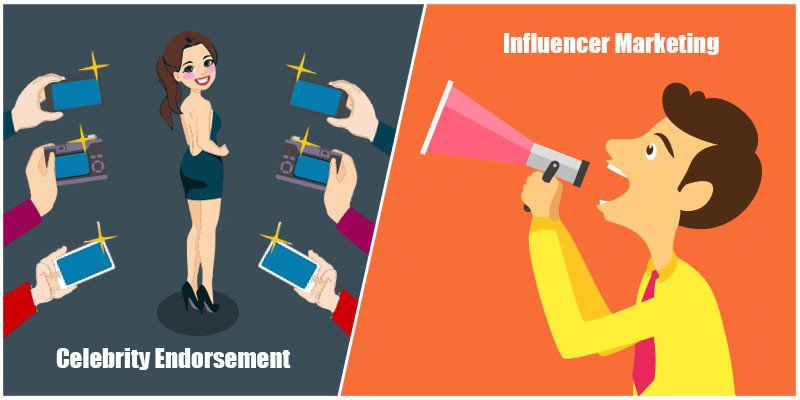
On the other hand, celebrity endorsements involve well-known figures like actors or athletes promoting products. Both strategies aim to influence consumers. Influencers rely on personal connections and authenticity, while celebrity endorsements rely on the star power and fame of the celebrity to persuade consumers.
What platforms are most famous for influencer marketing?
The most popular platforms for influencer marketing are Instagram, Facebook, YouTube, Twitter and TikTok as well. These platforms have large user bases and diverse content formats, making them ideal for influencer collaborations.
While YouTube offers longer-form video content, Instagram is great for photo and video content. TikTok is known for its short and creative videos, and Twitter is famous for real-time updates and conversations.
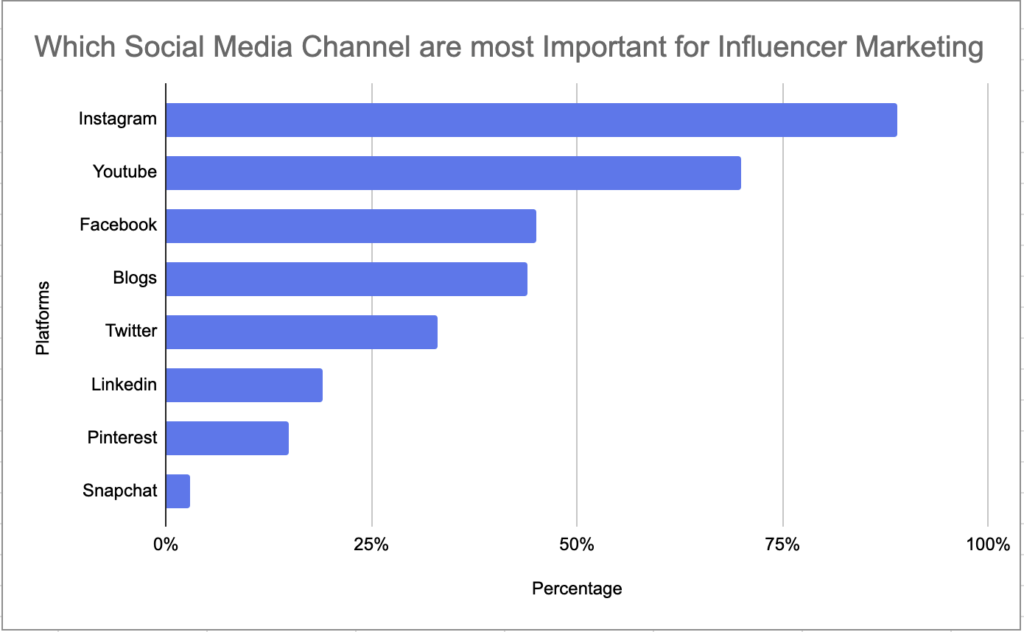
Depending on the target audience and campaign objectives, brands may choose one or more of these platforms to engage with influencers and effectively reach their desired audience.
What are the opportunities and challenges of influencer marketing?
Influencer marketing offers businesses various opportunities, including increased brand visibility, authentic engagement, targeted reach, and efficient content creation. Collaborating with influencers exposes brands to new audiences and offers genuine consumer interactions.
This marketing strategy also presents challenges, such as finding the right influencers, ensuring authenticity in sponsored content, measuring ROI accurately, and managing relationships effectively.
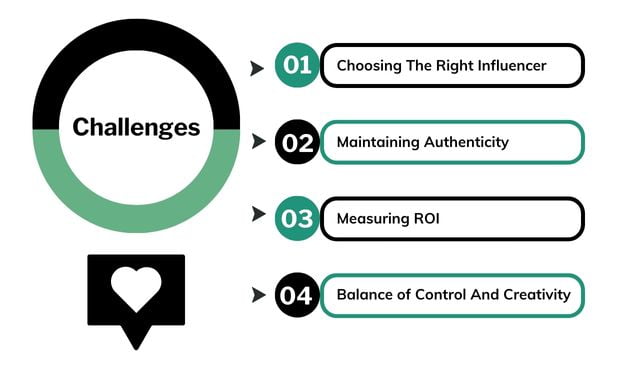
Common Limitations of influencer marketing:
There are some common challenges to watch out for and make your marketing campaign successful:
- Sometimes when influencers post about products they’ve been paid to promote, it might not feel genuine to their followers.
- Brands don’t have complete control over what influencers say or do, which can be risky.
- It’s hard to measure how well a campaign performs and if it’s worth the money spent.
- If people see too many sponsored posts, they might ignore them.
- If an influencer messes up, it can reflect badly on the associated brand.
So, it’s important to be careful and thoughtful when using influencers to promote your brand.
Tips for Successful Influencer Marketing Campaign:
There is nothing as perfect tips or tricks for a perfect marketing campaign, but here are some points you can monitor, keep in control, and lead to a successful campaign.
- Clear Goals: Define your objectives and target audience.
- Authenticity: Collaborate with influencers whose values align with your brand.
- Creative Content: Encourage influencers to create engaging and authentic content.
- Clear Guidelines: Provide clear guidelines and expectations for sponsored content.
- Measurement: Track key metrics to evaluate campaign performance.
- Relationship Building: Cultivate genuine relationships with influencers for long-term partnerships.
- Transparency: Ensure transparency in sponsored content to maintain trust with audiences.
- Adaptability: Stay flexible and adaptable to adjust strategies based on campaign feedback and insights.
You can maximize the effectiveness of your influencer marketing efforts by following these tips and achieving your business objectives.
FAQs
How do I find the right influencers?
Look for people on social media who have followers like your customers and seem like a good fit for your brand.
How much should I pay influencers?
It depends on how many followers they have, how many people like their posts, and how much you can afford.
How can I know if my campaign is working?
Look at things like the number of people who interact with the posts and the number of people who buy your product because of the influencer.
Do I need to worry about laws when working with influencers?
Yes, influencers need to tell their followers when they’re getting paid to talk about something, so make sure they do that to keep everything legal and honest.

